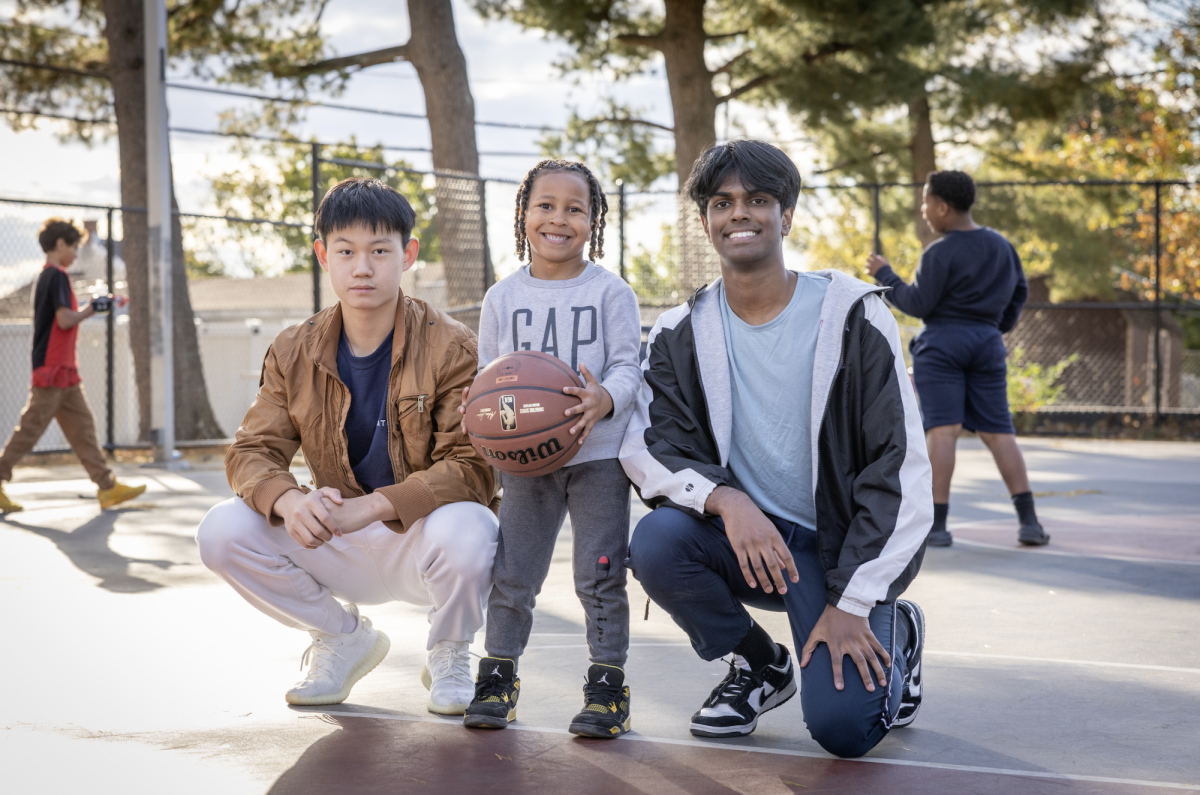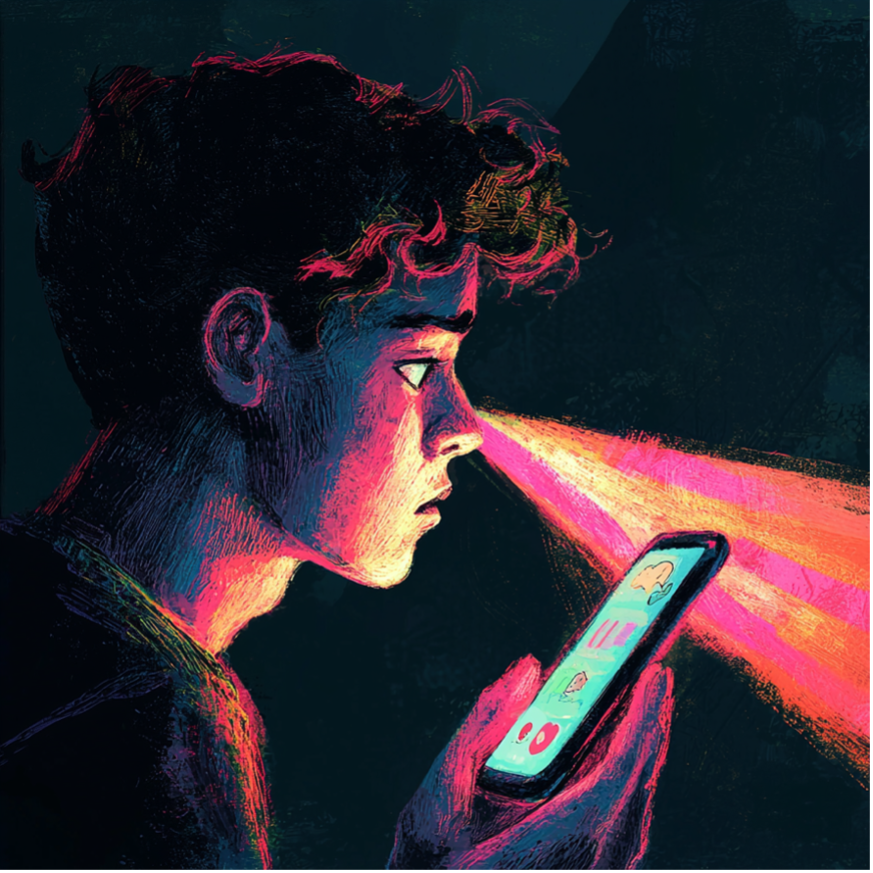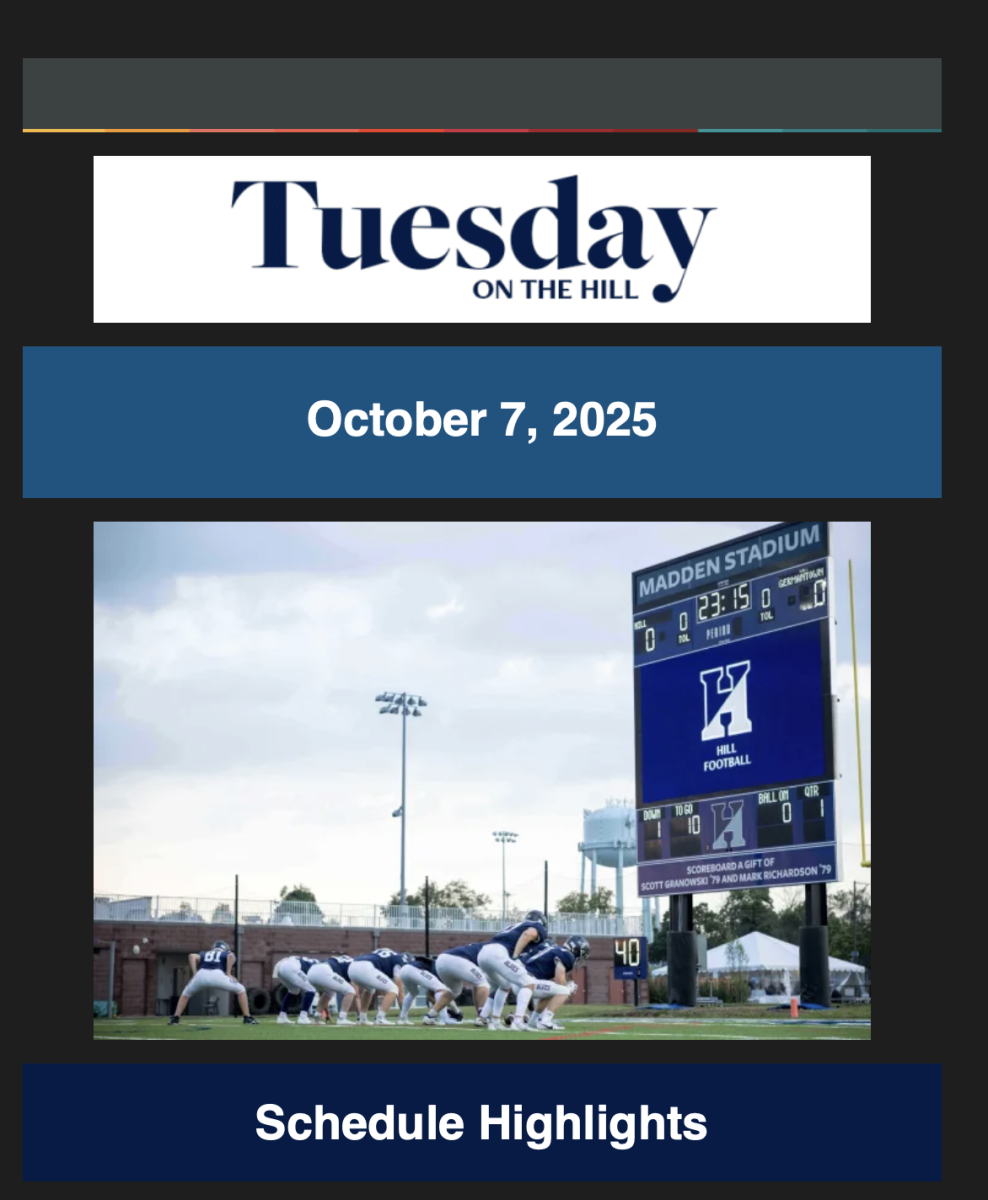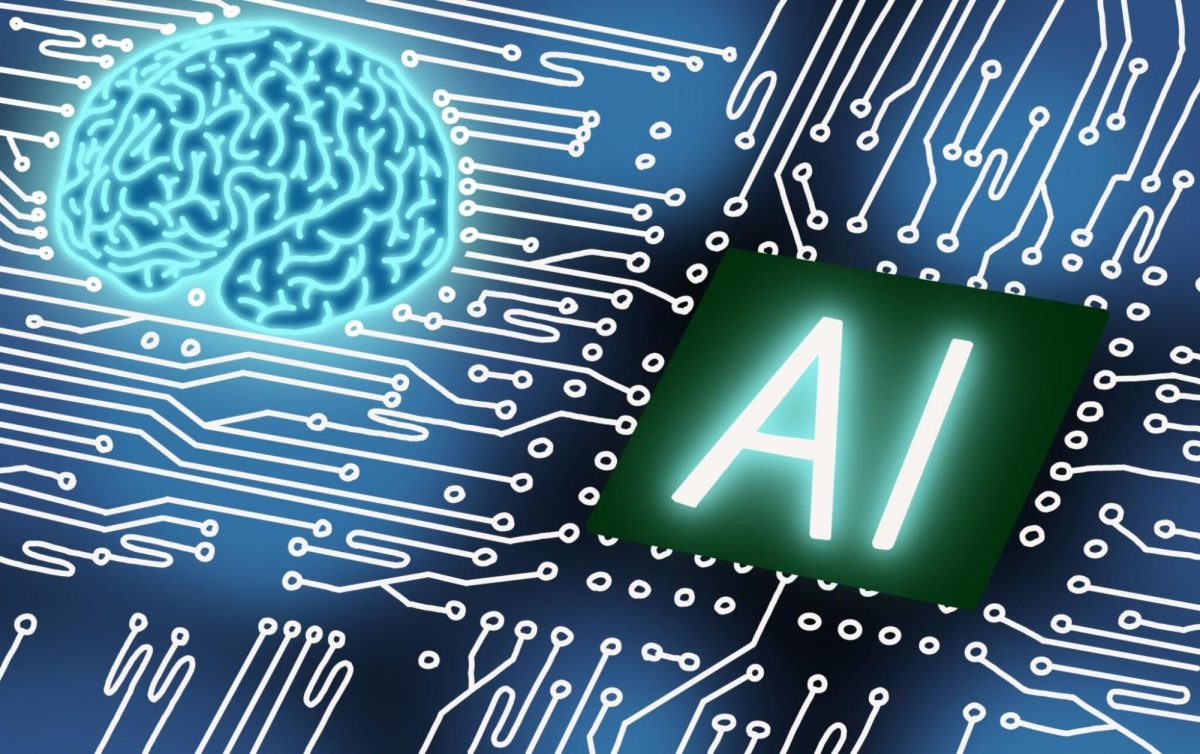In recent years, teachers have noticed a clear change in how students read and write—one shaped by the broader presence of digital technology. Phones, social media, and Artificial Intelligence tools have restructured the way students consume information, shifting habits and expectations in ways that ripple through classrooms.
“Reading has shifted towards shorter, more fragmented texts,” said Courtney Neese, chair of the English department.
Neese described how digital platforms have altered attention spans while also cultivating new skills.
“Students today excel at making connections between texts and their world, thinking creatively about problems, and questioning assumptions,” Neese said. “However, they sometimes struggle with sustained analysis and supporting arguments with textual evidence.”
Adapting to these shifts has required change in the curriculum. “Our curriculum is constantly evolving to meet students where they are while maintaining high standards,” Neese explained.
Many teachers have begun to use strategies such as chunking longer works, incorporating film counterparts, and pairing classics with contemporary sources—one example including the new book introduced into English 2, “A Long Way Gone” by author Ishmael Beah.
Carbery Campbell, instructor of English, who teaches English 1 and 2, has seen the impact of technology most clearly in student writing.
“For writing, technology really helps students edit their work, so I think it becomes natural to use things like spell check or grammar check,” Campbell said. “I’d rather students focus on improving their ideas than spending a lot of time trying to spell words correctly. But with newer editing features, where AI recommends changes to full phrases, students are starting to use that as a crutch. Their writing might be confusing or disjointed, but with the press of a button it suddenly makes sense.”
Campbell noted that some students assume it is always acceptable to use paraphrasing tools. “That raises the important question of what’s their writing versus what’s being rephrased by AI,” Campbell said.
Students themselves see both benefits and drawbacks. “It’s easier to get started on essays when AI can suggest edits,” said one 4th form student, who remained anonymous due to fear of academic discipline. “But sometimes it ends up feeling like the work doesn’t sound like me anymore.”
Beyond writing, Campbell observed that verbal participation in class discussions remains strong. “I think students are still enthusiastic about reading and talking about what they’ve read. Many are more confident in verbal expression than in written expression, especially with AI making it so easy to rely on edits,” she said. For some, speaking in class has become a way to show understanding when written submissions feel uncertain.
Both Neese and Campbell pointed out that while technology has changed the skills students bring into class, it has also pushed faculty to find new ways to preserve academic integrity. Hill has introduced a secure browser for in-class writing assignments, designed to ensure that students’ work reflects their own thinking.
“It’s a brand-new initiative that is really helping to keep students writing and reading independently,” Campbell said. “But longer papers, which students complete outside of class, still raise questions about how much is truly their work.”
Research echoes many of these observations. A 2019 study at the University of North Dakota found that comprehension often drops when students read digitally rather than on paper. More recently, data has shown that reading for pleasure in the U.S. has declined by over forty percent in the last two decades.
“This is not just a small dip—it’s a sustained, steady decline of about 3% per year,” Jill Sonke, director of research initiatives at the University of Florida Center for Arts in Medicine, stated in an email.
Still, Neese sees growth, particularly in her higher-level students. “My AP students are more collaborative in their learning and more willing to take creative risks in their writing,” Neese said. “They bring diverse perspectives and nuanced insights to discussions in ways that feel distinct from previous years.”
Campbell agreed that strong reading and writing skills remain essential despite AI’s rise. “The people who are innovating and developing new ideas are going to be the ones who inspire others and push companies or governments forward,” she said. “AI extrapolates from what already exists. But the ability to create a new idea and explain it clearly—that’s very human.”
As Neese puts it, “Technology should amplify these skills rather than replace them. Students who can think critically about what they read and communicate persuasively will always have an advantage.”
























